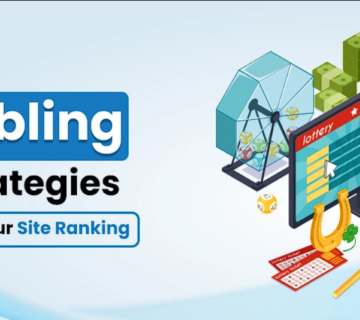Website customization refers to the process of tailoring and modifying a website’s design, functionality, content, and overall user experience to better align with a specific purpose, brand identity, or audience preferences. It involves making adjustments and enhancements to various elements of a website in order to create a unique and personalized online presence. Here are some aspects of website customization:
Design Customization: This involves altering the visual elements of a website, including colors, fonts, layouts, and imagery. Custom design ensures that the website reflects the brand’s identity and resonates with the target audience’s preferences.
Content Customization: Content is modified to match the specific goals of the website. This might involve creating tailored content for different sections, adding multimedia elements (videos, images), and optimizing content for search engines (SEO) to enhance discoverability.
Functionality Customization: The functionality of a website can be tailored to specific needs. This could involve adding or removing features, integrating third-party tools or APIs, and creating interactive elements to engage visitors.
Responsive Design: Websites need to work seamlessly across various devices and screen sizes. Customizing a website to be responsive ensures that it looks and functions well on desktops, tablets, and smartphones.
User Experience (UX) Customization: Improving the overall user experience involves optimizing navigation, reducing load times, simplifying forms, and making sure visitors can easily find what they’re looking for.
E-Commerce Customization: If the website is an online store, customization might involve setting up product categories, creating a shopping cart and checkout process, and integrating payment gateways.
Personalization: Advanced customization can involve delivering personalized content to users based on their preferences, location, or previous interactions with the website.
CMS Customization: Content Management Systems (CMS) like WordPress, Drupal, or Joomla provide customization options to manage and organize content effectively.
Template Customization: Many websites use pre-designed templates as a starting point. Customization involves modifying these templates to fit the unique requirements of the website.
Analytics Integration: Customization can also involve integrating analytics tools to track user behavior, interactions, and other relevant data to improve the website’s performance.
Website customization is crucial for creating a strong online presence, enhancing user engagement, and achieving specific business goals. It requires a good understanding of design principles, coding languages (such as HTML, CSS, JavaScript), and often involves collaboration between designers, developers, and content creators.


No comment